
How to Use Lithium-ion Battery 10000mah: Examples, Pinouts, and Specs
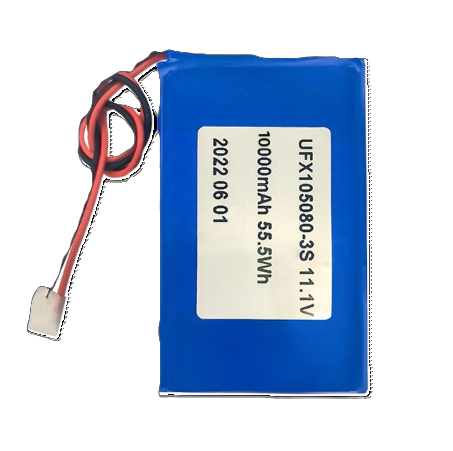
 Design with Lithium-ion Battery 10000mah in Cirkit Designer
Design with Lithium-ion Battery 10000mah in Cirkit DesignerIntroduction
A Lithium-ion (Li-ion) Battery with a 10000mAh capacity is a rechargeable power source commonly used in portable electronics. Due to its high energy density, lightweight, and long cycle life, it is ideal for devices such as smartphones, laptops, portable power banks, and even in DIY projects involving microcontrollers like the Arduino UNO.
Explore Projects Built with Lithium-ion Battery 10000mah
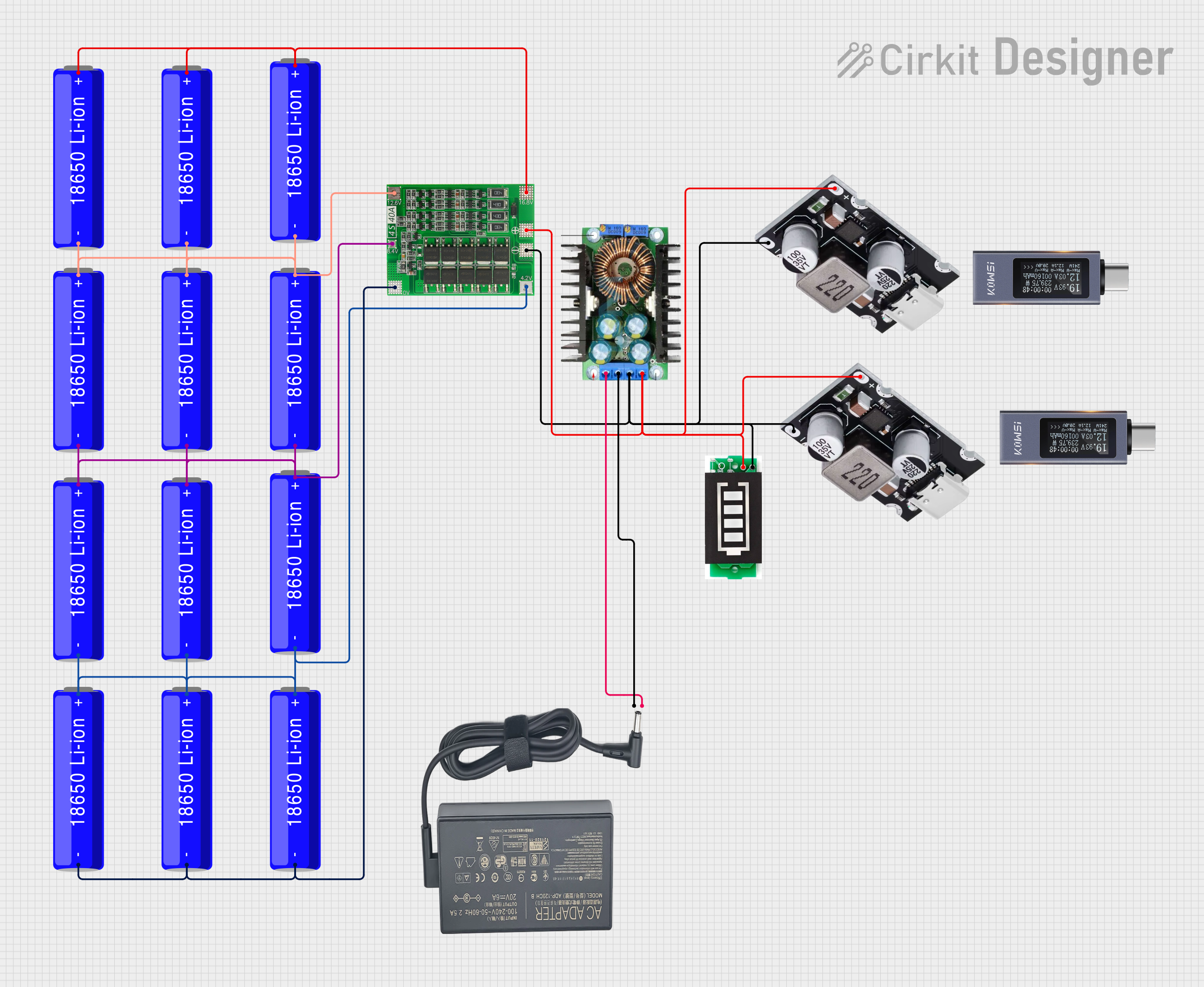
 Open Project in Cirkit Designer
Open Project in Cirkit Designer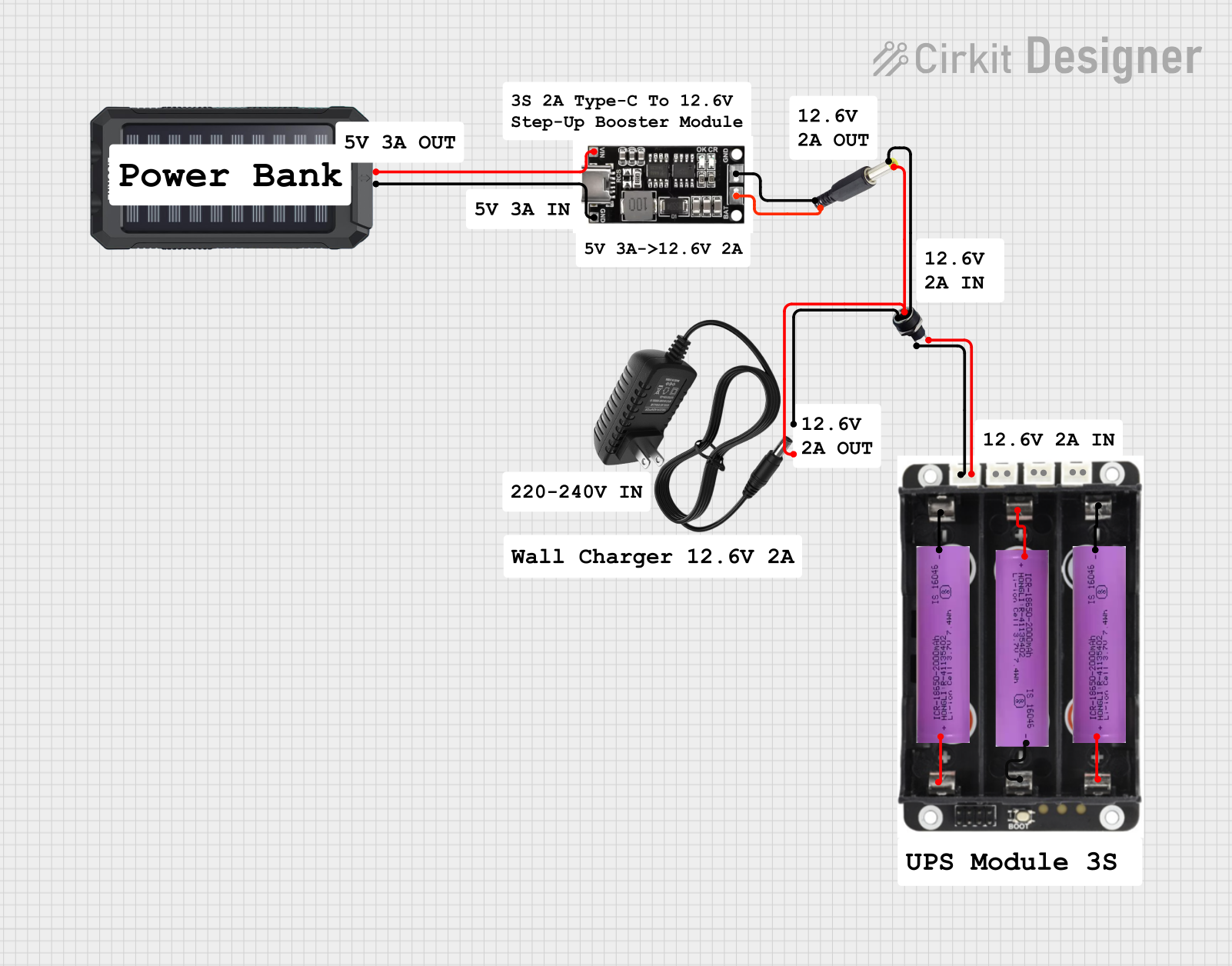
 Open Project in Cirkit Designer
Open Project in Cirkit Designer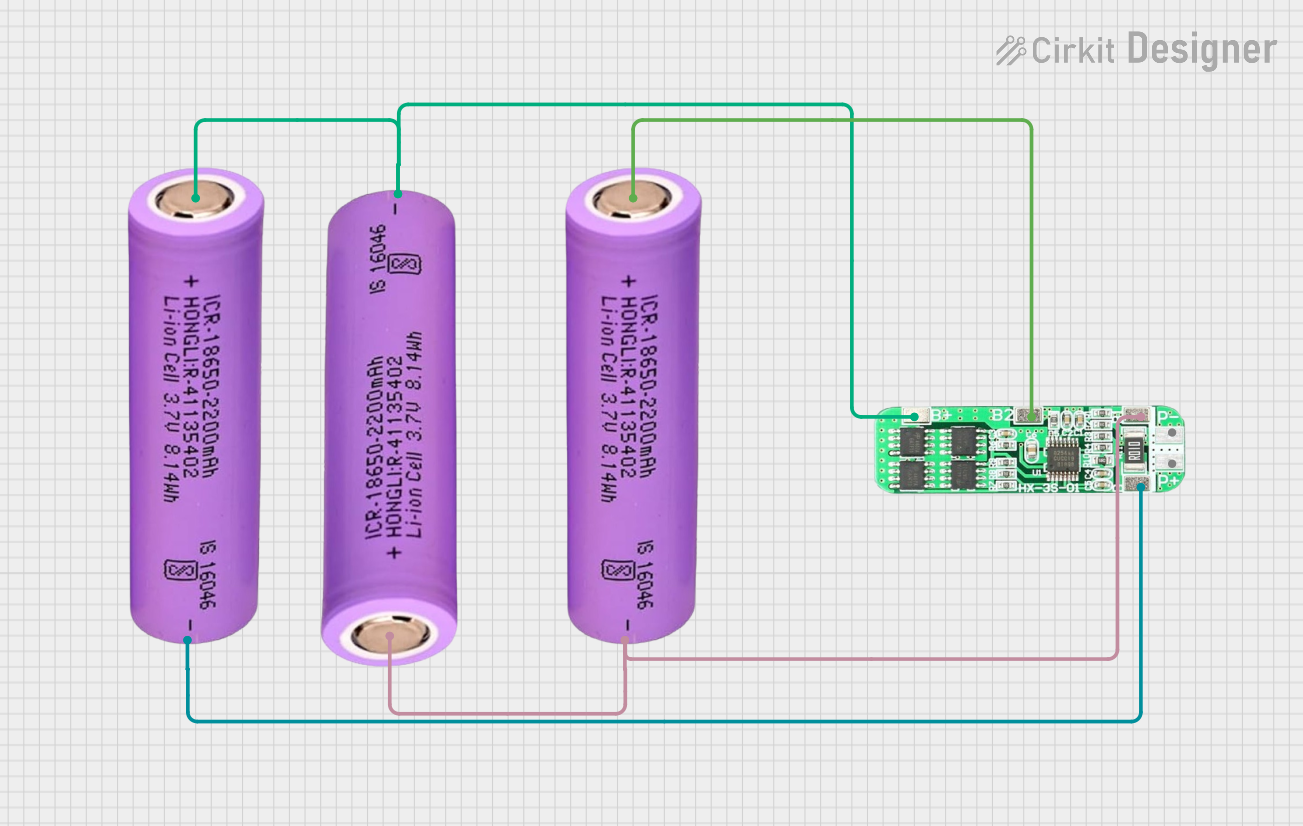
 Open Project in Cirkit Designer
Open Project in Cirkit Designer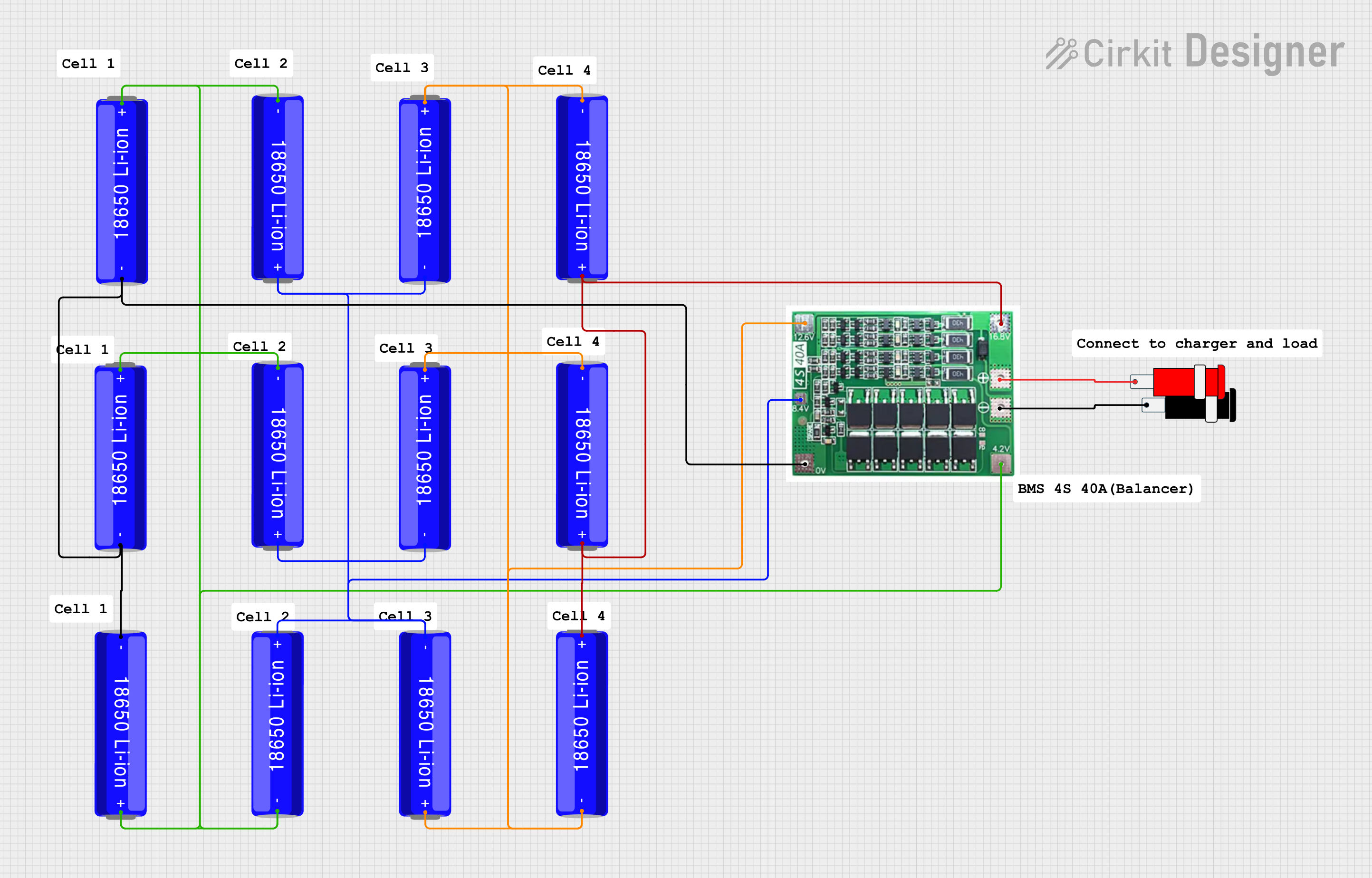
 Open Project in Cirkit Designer
Open Project in Cirkit DesignerExplore Projects Built with Lithium-ion Battery 10000mah

 Open Project in Cirkit Designer
Open Project in Cirkit Designer
 Open Project in Cirkit Designer
Open Project in Cirkit Designer
 Open Project in Cirkit Designer
Open Project in Cirkit Designer
 Open Project in Cirkit Designer
Open Project in Cirkit DesignerCommon Applications and Use Cases
- Mobile Devices: Smartphones, tablets, and other handheld gadgets.
- Portable Computers: Laptops and notebooks.
- DIY Electronics: Power supply for Arduino and Raspberry Pi projects.
- Electric Vehicles: Small-scale electric bikes and scooters.
- Wearable Technology: Smartwatches and fitness trackers.
- Drones: Providing power for longer flight times.
Technical Specifications
Key Technical Details
- Nominal Voltage: 3.7V
- Capacity: 10000mAh
- Maximum Charging Voltage: 4.2V
- Discharge Cut-off Voltage: 2.5V
- Standard Charge Current: 2A
- Maximum Charge Current: 5A
- Standard Discharge Current: 2A
- Maximum Continuous Discharge Current: 10A
- Cycle Life: >500 cycles
- Operating Temperature: Charge: 0°C to 45°C, Discharge: -20°C to 60°C
Pin Configuration and Descriptions
| Pin No. | Description | Notes |
|---|---|---|
| 1 | Positive Terminal | Connect to the positive load or charging circuit |
| 2 | Negative Terminal | Connect to the negative load or charging circuit |
Usage Instructions
How to Use the Component in a Circuit
Charging:
- Use a compatible Li-ion charger.
- Ensure the charging current does not exceed the maximum charge current.
- Monitor the voltage to avoid overcharging (do not exceed 4.2V).
Discharging:
- Do not draw more than the maximum continuous discharge current.
- Protect the battery from over-discharge by ensuring the voltage does not drop below 2.5V.
Integration with Devices:
- Connect the positive terminal to the positive input of the device.
- Connect the negative terminal to the negative input of the device.
- Use appropriate connectors and ensure secure connections.
Important Considerations and Best Practices
- Battery Management System (BMS): Always use a BMS for charging and discharging to protect the battery from over-voltage, under-voltage, and over-current conditions.
- Temperature: Operate and store the battery within the recommended temperature range.
- Handling: Avoid puncturing, crushing, or bending the battery.
- Storage: If not in use, store the battery at approximately 50% charge in a cool, dry place.
Troubleshooting and FAQs
Common Issues
- Battery Won't Charge: Ensure the charger is functioning and the connections are secure. Check if the battery voltage is below the charging cut-off.
- Reduced Capacity: If the battery does not hold a charge as expected, it may be nearing the end of its lifecycle or has been subjected to improper charging/discharging practices.
- Swelling or Leakage: Stop using the battery immediately. This is a sign of internal damage or failure.
Solutions and Tips for Troubleshooting
- Charging Issues: Verify the charger's output with a multimeter. Check for any damage to the battery terminals.
- Capacity Issues: Perform a few charge/discharge cycles to calibrate the battery. If the issue persists, consider replacing the battery.
- Physical Damage: Do not attempt to use or repair a damaged battery. Replace it with a new one.
FAQs
Q: Can I charge the battery with a higher current to speed up the process? A: Charging the battery with a current higher than the maximum charge current can lead to overheating and potential damage. Always follow the manufacturer's specifications.
Q: How do I dispose of the battery once it's no longer usable? A: Li-ion batteries should be recycled properly. Contact local waste management services for guidelines on battery disposal.
Q: Is it safe to leave the battery charging overnight? A: It is generally safe if you are using a charger with an appropriate BMS and auto-cutoff feature. However, it's best practice to monitor the charging process.
Q: How long will the battery last before needing replacement? A: The lifespan of the battery depends on usage patterns and care. Typically, a Li-ion battery can last for over 500 charge cycles before noticeable capacity reduction.
Q: Can I use this battery with my Arduino UNO project? A: Yes, but you will need a voltage regulator to step down the voltage to 5V, which is suitable for the Arduino UNO. Additionally, ensure that the current draw is within the battery's discharge capabilities.
Example Arduino UNO Connection
// This example assumes the use of a voltage regulator to provide a stable 5V output from the Li-ion battery.
void setup() {
// Initialize the Arduino UNO setup code here.
}
void loop() {
// Your main code goes here.
}
// Note: This is a placeholder code snippet. The actual implementation will vary
// based on the specific application and devices connected to the Arduino UNO.
Note: When connecting to an Arduino UNO, ensure that the battery's voltage is regulated to 5V to avoid damaging the board. Use a step-down converter or a voltage regulator module for this purpose. Always include a fuse and a BMS for safety.